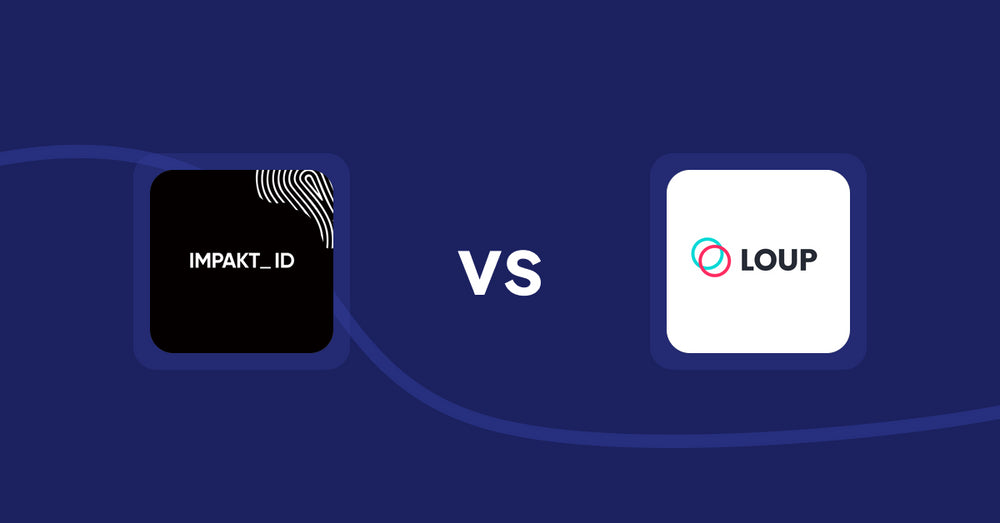Shopify Product Display Apps: In‑store Shopping Assistant vs Selling Fast

Table of Contents
- Introduction
- How Does In‑store Shopping Assistant Work?
- How Does Selling Fast Work?
- How Much Does In‑store Shopping Assistant Cost?
- How Much Does Selling Fast Cost?
- Cost Analysis: In‑store Shopping Assistant vs. Selling Fast
- User Reviews & Customer Support Insights
- Integration and Compatibility Comparison
- Conclusion
Introduction
In the competitive realm of retail, effective product display strategies can significantly influence purchasing decisions. A recent study found that nearly 70% of customers are more likely to complete a purchase when they are presented with a well-designed display, underscoring the importance of optimizing product visibility. Product display apps play a critical role in enhancing these experiences, boosting engagement, and ultimately driving conversions.Two notable contenders in this space are the In-store Shopping Assistant and Selling Fast. The In-store Shopping Assistant focuses on self-service convenience and AI-driven analytics, while Selling Fast aims to enhance social proofing on e-commerce sites. Both apps offer distinct functionalities aimed at improving the overall shopping experience, but they differ significantly in their capabilities and impact.
How Does In‑store Shopping Assistant Work?
The In-store Shopping Assistant is designed to elevate retail environments by enabling customers to self-serve efficiently. Here's a closer look at how it operates:Setup: Shoppers use their smartphones to scan a single QR code that grants access to browse the entire product range without needing any additional app. This feature makes it incredibly versatile for brick-and-mortar stores looking to streamline customer interactions.
Key Features:
- Self-Serve Convenience: Allows customers to access product listings easily. This not only serves to reduce wait times during peak hours but also significantly enhances the shopping experience.
- Contact Capture for Re-marketing: The app enables businesses to collect shopper contact information, allowing for tailored marketing strategies and follow-ups. This is particularly beneficial for small and medium enterprises looking to nurture customer relationships.
- Streamlined Checkout Process: With online self-checkout during busy periods, retailers can handle a high volume of transactions without additional staff. This feature is essential for startups and growing businesses dealing with resource constraints.
- AI Analytics for Behavior Insights: The app gathers shopper data to provide retailers with actionable insights, helping them understand customer behavior and preferences. Large enterprises can leverage this information to optimize their inventory and tailor their offerings effectively.
Imagine a bustling weekend in your store; with the In-store Shopping Assistant, customers can quickly browse products and check out without waiting for assistance. This not only accelerates sales but also enhances customer satisfaction.
How Does Selling Fast Work?
In contrast, Selling Fast targets online stores, focusing on building consumer trust through social proof. Its primary function is to showcase the quantity of products sold, providing potential customers with a sense of urgency and credibility.Key Features:
- Social Proofing: By displaying sales numbers directly under product titles, Selling Fast capitalizes on the psychology of consumer behavior. This helps to instill a sense of urgency, prompting customers to make quicker purchase decisions.
- Ease of Use: Designed for quick deployment, Selling Fast prioritizes simplicity and user-friendliness, making it accessible for all business sizes.
- Customizable Options: While the app supports various customization options, its functionalities remain relatively basic compared to the In-store Shopping Assistant.
Though Selling Fast can serve startups with fewer than 50 products effectively, it lacks the comprehensive feature set that larger businesses might require to enhance their product display.
How Much Does In‑store Shopping Assistant Cost?
When evaluating product display solutions, cost-effectiveness is paramount. The In-store Shopping Assistant currently operates on a flexible pricing model suitable for various business sizes.Pricing Insights:
- Plan Structure: While specific pricing tiers aren't listed, the app's capabilities provide incredible value, especially when factoring in the elimination of staffing needs and the enhancements in customer engagement.
- Features Included: Across these planned tiers, you would typically expect features such as seamless integration with existing systems, ability to capture customer data, self-serve options, and AI insights.
- Target Audience: The In-store Shopping Assistant is particularly advantageous for small and medium businesses seeking to optimize their customer service without the overhead of additional staff. Startups benefit from its low-cost self-service model, while larger enterprises can take advantage of the detailed analytics offered.
- Additional Costs: As with any service, it’s crucial to consider any potential extra fees, which may apply based on your usage levels or specific feature requirements.
In summary, suitable pricing tiers ensure a range of operational flexibility. As part of its comprehensive service, it is important to note that you can always reach out to our team and we can create a custom pricing plan to suit your needs and your budget. Schedule a call via this link and we’ll come up with the best solution for you and your business.
How Much Does Selling Fast Cost?
In looking at Selling Fast, it operates on a simple subscription model.Pricing Insights:
- Monthly Cost: The primary plan is priced at $1.79 per month, which presents a cost-effective solution for small e-commerce businesses.
- Features Offered: While it offers basic features for social proofing, it lacks the in-depth insights and customer engagement tools available in the In-store Shopping Assistant.
- Limitations: The major limitation of Selling Fast is its reduced functionality and reliance on social proof alone. Larger businesses may find it insufficient for their more comprehensive product display needs.
- Target Audience: The pricing is well-suited for startups or small businesses with a limited number of products (up to 50). However, those looking to grow may quickly outgrow what Selling Fast has to offer.
- Additional Costs: There are no extra costs indicated, making it a straightforward option for online entrepreneurs.
Cost Analysis: In‑store Shopping Assistant vs. Selling Fast
When evaluating the financial aspect of both applications, the In-store Shopping Assistant presents a more robust value proposition for various operational scales. While Selling Fast offers an attractive low price point, it lacks the functionality necessary to compete with In-store Shopping Assistant’s feature-rich experience.Ultimately, the In-store Shopping Assistant's model may yield better cost efficiency, as its multifaceted approach provides significant long-term benefits over merely addressing social proof.
User Reviews & Customer Support Insights
Is In‑store Shopping Assistant good?
With a remarkable 5-star rating from 64 reviews, the In-store Shopping Assistant is well-regarded for its ease of use and impact on retail sales. Users appreciate its ability to facilitate customer interactions without needing additional staffing. This success indicates a reliable customer support system that enhances user experience.Is Selling Fast good?
Selling Fast has yet to garner any reviews, achieving an average rating of 0 stars. Potential users might appreciate its simplicity and low price, but the lack of substantive feedback raises questions about its practical effectiveness. Many may find its functionality limited, especially compared to the advanced features provided by the In-store Shopping Assistant.User Preference: In‑store Shopping Assistant or Selling Fast?
Considering the stark differences in user ratings and reviews, it’s evident that the In-store Shopping Assistant is favored within the market. Its ratings reflect a satisfied user base that values its comprehensive features and support, while Selling Fast remains an unproven option with no user insights to commend its efficiency.Integration and Compatibility Comparison
In-store Shopping Assistant Integrations
The In-store Shopping Assistant integrates seamlessly with various Point of Sale (PoS) systems, ensuring that businesses can maintain operational consistency while enjoying its benefits. This interoperability extends its usability across different retail environments, providing enhanced data tracking that further supports retail decisions.Selling Fast Integrations:
Currently, Selling Fast does not highlight any significant integrations, which could limit its effectiveness in broader retail systems. The lack of integration options raises questions about its compatibility with existing e-commerce tools, a factor that could hinder operational efficiency.Conclusion
In evaluating the performance and value of both the In-store Shopping Assistant and Selling Fast, it becomes apparent that the former stands out significantly. With an impressive 5-star rating and a comprehensive set of features tailored to various business sizes, the In-store Shopping Assistant proves to be a superior choice for retailers looking to enhance product display and improve customer engagement. In contrast, Selling Fast, while cost-effective, falls short in delivering a robust solution needed by many businesses.For those who prioritize dynamic customer interaction and data-driven insights, the In-store Shopping Assistant proves not only beneficial but essential for thriving within today's competitive retail landscape.
Still Searching for the Perfect Customization Solution?
Stop searching and start thriving with Accentuate Custom Fields! This powerful metafield management app supercharges Shopify’s native features, giving you the tools to create a truly personalized customer experience.
Why Choose Accentuate Custom Fields?
- Advanced Customization: Unlimited field definitions, logical grouping, and custom layouts make your store one-of-a-kind.
- Enhanced Editor Experience: Effortlessly edit variant metafields, use advanced HTML and markdown editors, and sync field definitions between stores.
- Flexible Management: Import/export capabilities, automatic tagging, and comprehensive support for Metaobjects and versioning.
- 24/7 Support: If you have any questions or need assistance, our team is available around the clock to help with any custom modifications to suit your store.
Join over 12,000 merchants, including top Shopify Plus stores, who trust Accentuate for their customization needs. With a stellar 4.9-star rating, Accentuate is the go-to tool for advanced CMS needs, offering unmatched flexibility and control over your store’s content. Elevate your Shopify store with high-quality content that boosts customer experiences and conversions. Tell your story, showcase your products, and create an engaging customer journey with ease.
Experience the Accentuate difference and watch your Shopify store thrive!
Accentuate vs Competition
Explore how Accentuate Custom Fields stands out. Whether you’re aiming to customise your storefront, streamline operations or improve content management, see how we compare against the competition

Shopify Product Display Apps: FeatureFrame ‑ Pretty Product vs. AI SEO: Top Product Features

Shopify Product Display Apps: Metadrob: Create Virtual Store vs シンプルクラウドファンディング|お手軽自社クラファン
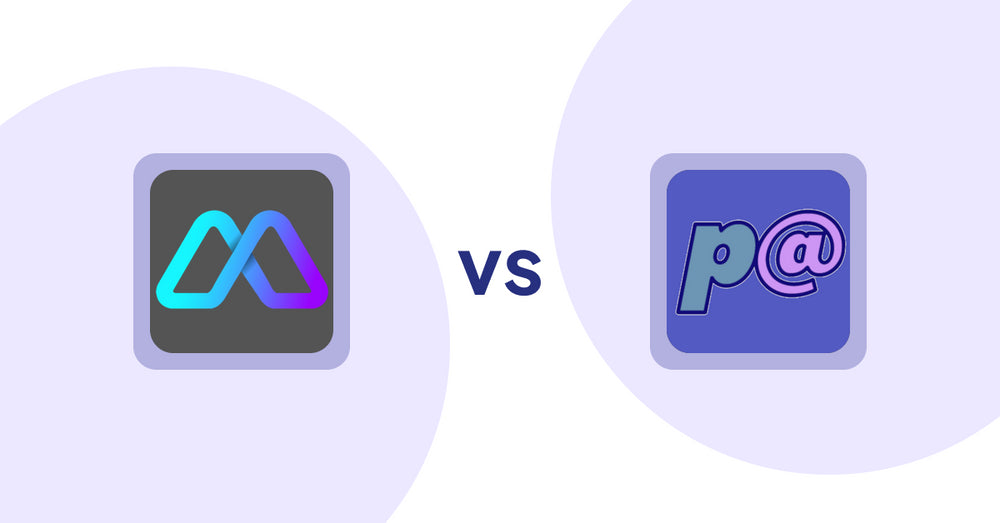
Shopify Product Display Apps: Metadrob: Create Virtual Store vs Parameterizer
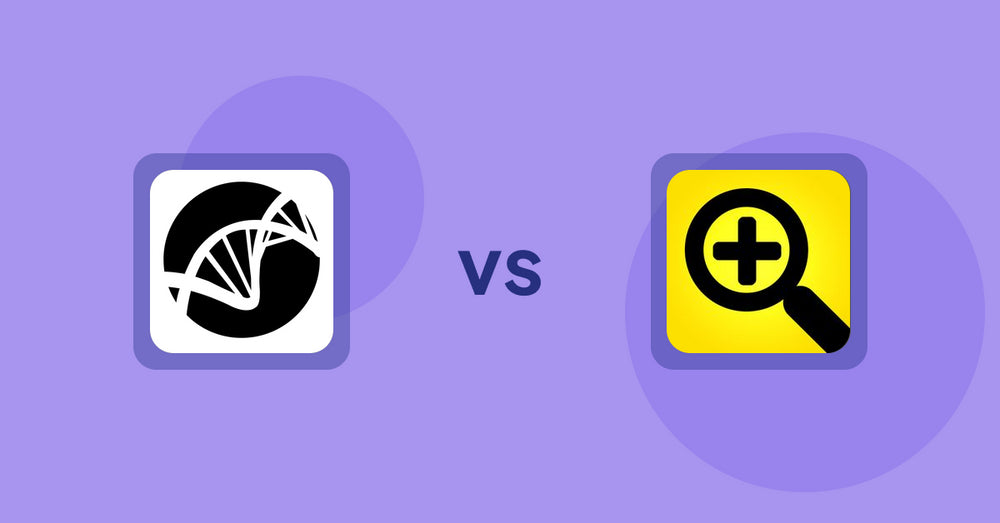
Shopify Product Display Apps: Bike Matrix vs. Fast View: Fastest Quick View
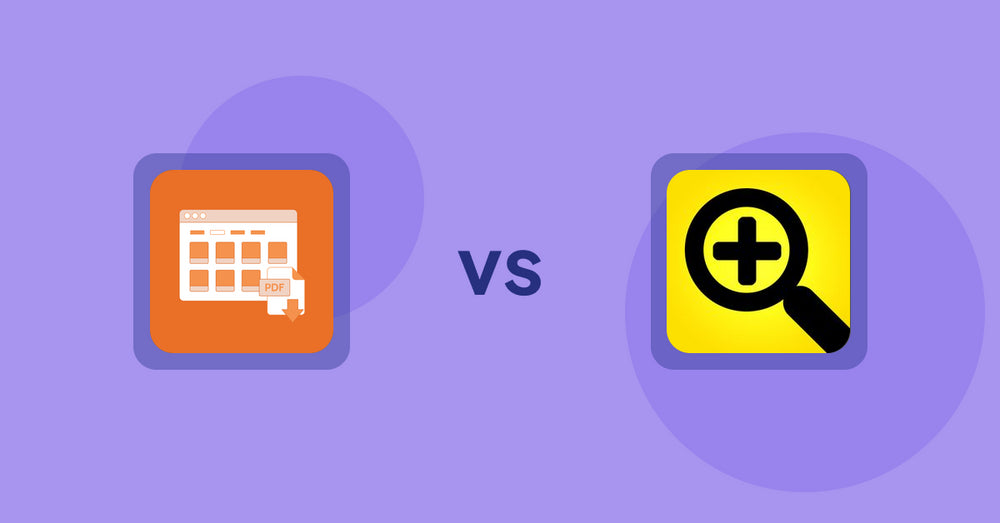
Shopify Product Display Apps: Meetanshi PDF Product Catalog vs Fast View: Fastest Quick View

Shopify Product Display Apps: UR: Smart Ranking vs Sortyfi Collection Merchandise

Shopify Product Display Apps: UR: Smart Ranking vs PDP Star

Shopify Product Display Apps: Menulog vs Reelify ‑ Shoppable Reel Video

Shopify Product Display Apps: H3 Estimated Delivery vs Findify Search & Merchandise

Shopify Product Display Apps: Wordo ‑ ChatGPT AI Description vs Urgency! Low Stock Counter

Shopify Product Display Apps: WS Transparency vs シンプル会員注文割引|お手軽ログインセール設定

Shopify Product Display Apps: WS Transparency vs Reelify ‑ Shoppable Reel Video

Shopify Product Display Apps: Awesome Ranking vs シンプル売り切れ非表示|在庫切れ商品の表示変更

Shopify Product Display Apps: OC Product Size Chart vs FeatureFrame ‑ Pretty Product

Shopify Product Display Apps: Shelfify vs Bike Matrix
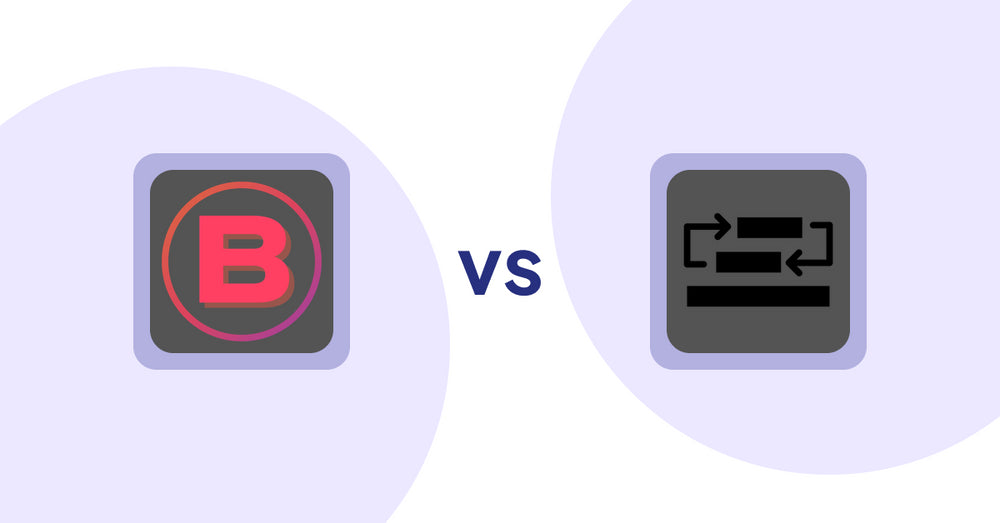
Shopify Product Display Apps: Banter Stories vs Sortyfi Collection Merchandise

Shopify Product Display Apps: Banter Stories vs. Reelify ‑ Shoppable Reel Video

Shopify Product Display Apps: Wordsmith: Content Generator vs Parameterizer

Shopify Product Display Apps: Wordsmith: Content Generator vs Reelify ‑ Shoppable Reel Video

Shopify Product Display Apps: Bringin vs CartBar ‑ Product Purchase Bar
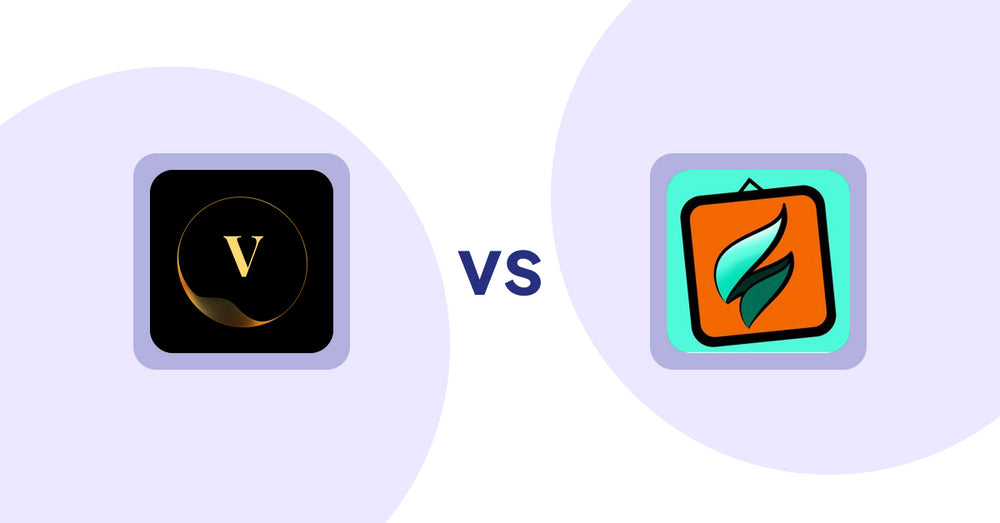
Shopify Product Display Apps: ProductTube vs SMART ‑ Art Product Builder

Shopify Product Display Apps: Xpander vs PDP Star

Shopify Product Display Apps: Xpander vs Banter Stories

Shopify Product Display Apps: Wonderful Widgets vs Bringin

Shopify Product Display Apps: BookE - Rent Property & Service vs Metadrob: Create Virtual Store

Shopify Product Display Apps: BookE ‑Rent Property & Service vs. Banter Stories

Shopify Product Display Apps: Product Table vs. Xpander

Shopify Product Display Apps: Selling Fast vs CartBar ‑ Product Purchase Bar

Shopify Product Display Apps: Selling Fast vs. Loup: Sell on Instagram

Shopify Product Display Apps: Selling Fast vs. Findify Search & Merchandise

Shopify Product Display Apps: Selling Fast vs. Aiuta

Shopify Product Display Apps: Selling Fast vs Bestsellr

Shopify Product Display Apps: Selling Fast vs ProductTube

Shopify Product Display Apps: Extendons Product Tag Images vs Urgency! Low Stock Counter

Shopify Product Display Apps: Writer Sofia vs シンプルクラウドファンディング|お手軽自社クラファン

Shopify Product Display Apps: Writer Sofia vs Wordsmith: Content Generator
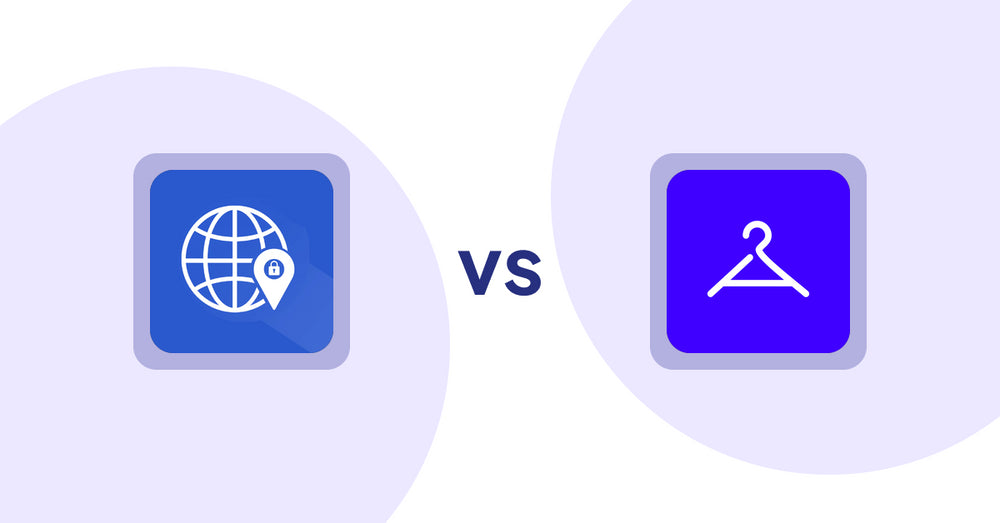
Shopify Product Display Apps: Addify ‑ Country Restrictions vs Aiuta
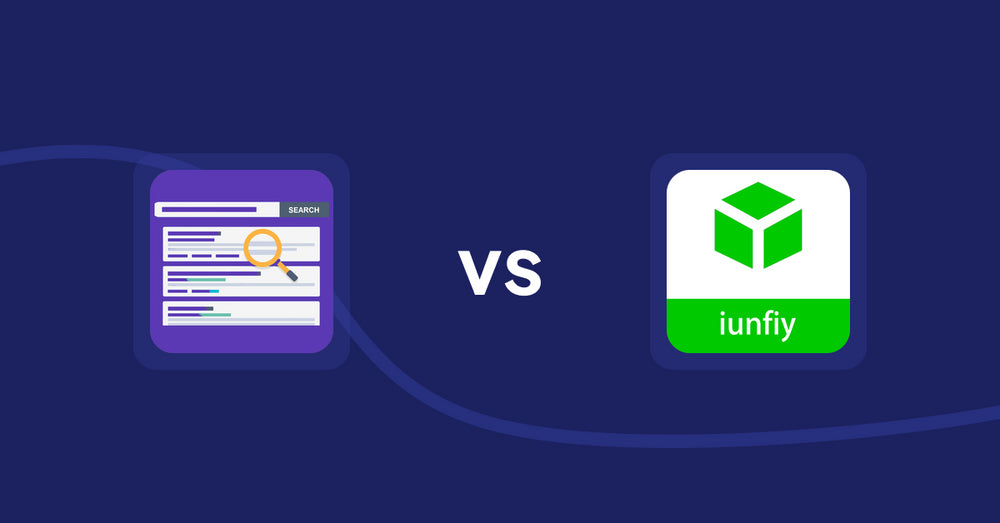
Shopify Product Display Apps: Spark AI Products Description vs iunfiy • Related Products

Shopify Product Display Apps: BeUnico vs Loup: Sell on Instagram

Shopify Product Display Apps: Easy Estimate Shipping vs BookE ‑Rent Property & Service

Shopify Product Display Apps: Easy Estimate Shipping vs. Spark AI Products Description

Shopify Product Display Apps: Mugshot Bot vs Parameterizer
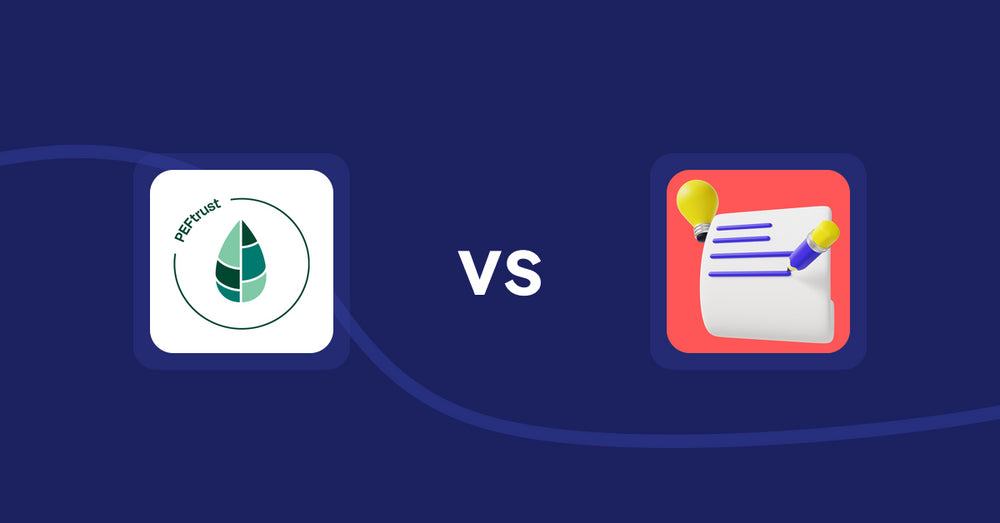
Shopify Product Display Apps: Peftrust vs. Wordo ‑ ChatGPT AI Description

Shopify Product Display Apps: Quick Product Navigator Slide vs Reelify ‑ Shoppable Reel Video

Shopify Product Display Apps: Quick Product Navigator Slide vs. UR: Smart Ranking

Shopify Product Display Apps: Eazy Specification Tags Table vs Agile Attachments

Shopify Product Display Apps: Jedi Back In Stock Admin Alert vs FeatureFrame ‑ Pretty Product

Shopify Product Display Apps: Jedi Back In Stock Admin Alert vs. Findify Search & Merchandise

Shopify Product Display Apps: Jedi Back In Stock Admin Alert vs Banter Stories
